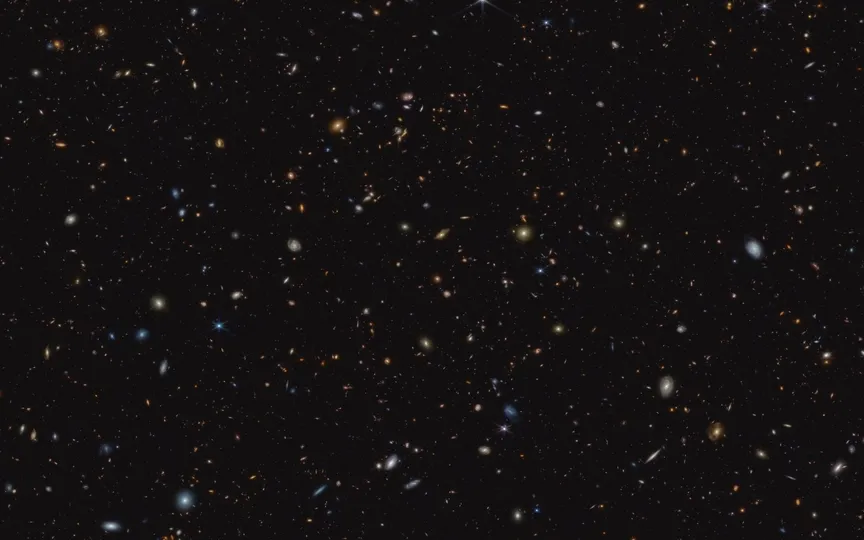Exploring the Universe’s Youthful Side: Peeking at Teenage Galaxies with NASA’s Webb Telescope!
A recent study conducted by NASA’s James Webb Space Telescope has surprised astronomers by capturing images of young galaxies and their heavy elements. These galaxies, whose lights have traveled for billions of years, have finally reached NASA’s instruments, allowing researchers to conduct further studies. The James Webb Space Telescope’s unique capability to look far back in time, almost to the Big Bang event, sets it apart from the older Hubble Telescope, which is limited by its location in Earth’s orbit. Explore the fascinating findings from the images captured by the James Webb Space Telescope.
Discoveries of the James Webb Space Telescope
According to a Space.com report, these newly discovered teenage galaxies were created two to three billion years after the Big Bang. A team of Northwestern University astrophysicists found that these galaxies were hotter than expected and also contained heavy elements. These studies were discovered by the Chemical Evolution Constrained using Ionized Lines in Interstellar Aurorae (CECILIA) survey.
The researcher focused on 33 nearby galaxies and collected data over a period of 30 hours. To gain more information and understanding, they compiled the wavelengths of 23 selected galaxies to determine their average temperature, the presence of certain elements, their properties, composition, and more. Allison Strom, lead author of the study and assistant professor of physics and astronomy at Northwestern University, said: “This washes out the details of individual galaxies, but gives us a better idea of the average galaxy. It also allows us to see fainter features.”
According to reports, these galaxies contained eight elements: hydrogen, helium, nitrogen, oxygen, silicon, sulfur, argon, and nickel. However, some galaxies containing nickel were something unusual for the researchers, because even older galaxies are not full of such elements. Storm suggests that the presence of nickel might lead to something unique about the stars in galaxies. In addition, the high temperatures of these galaxies are also unusual and may be due to different chemical DNA. Further studies of these galaxies will help scientists learn more about their composition and unique properties.




